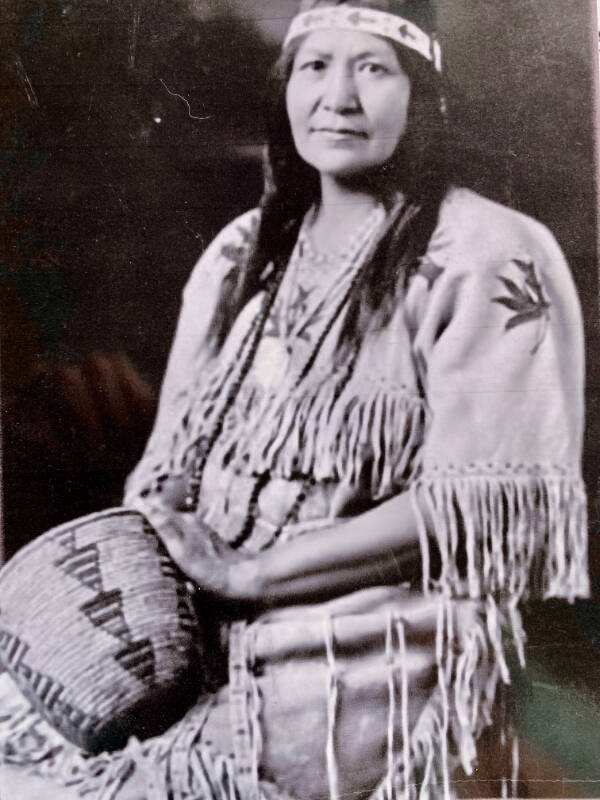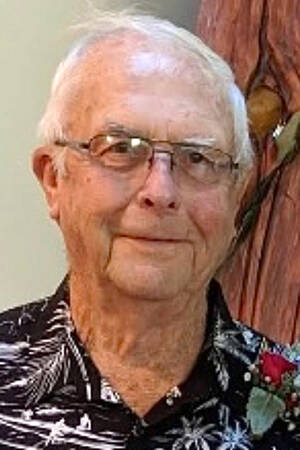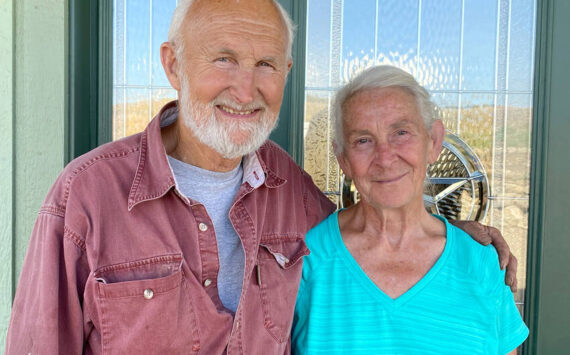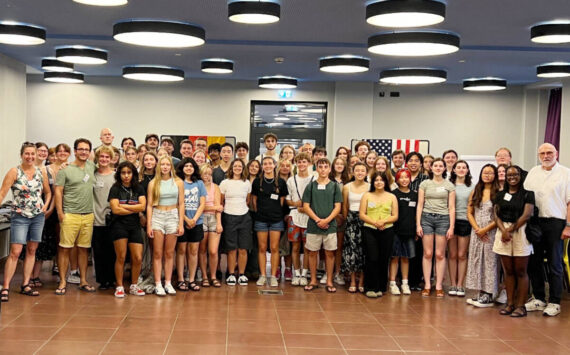The Borderlands Historical Society and Oroville Visitor Center, home to the Old Oroville Depot Museum, are the keepers of a rich historical legacy – a legacy they share with locals and visitors keen to learn more about our past. Here, we share the story of one of the region’s early Native authors, who for decades worked to record and preserve the stories and oral histories of the local Native people.
Her remains first lay under a marker as: “Mrs. Fred Gallergher.” She was Christine Quintasket or Hum-ishu-ma, better known by her author name, Mourning Dove.
This remarkable woman was the first Native American woman to publish a novel west of the Rockies. She was able to bridge the white and Native worlds by writing the stories and oral histories of her people.
Born about 1884, Mourning Dove lived at Ward, near Boyd in Washington State. Her formal education started at age 10 at Goodwin Mission School, but she returned home after falling ill, before returning to school in 1898. She later enrolled in a Calgary business school, studying English writing and typing.
As a farm laborer, Mourning Dove moved from job to job, traveling throughout Eastern Washington, Idaho, Montana and throughout the southern part of British Columbia.
With a goal to write novels, she was soon collecting and typing stories told by the old folks, grandparents and elders. They were already losing their oral history by this time, however some were against her spreading the stories with the world.
Preserving the past
When Mourning Dove was about 18, her mother died and she became responsible for her father and siblings. The family made annual trips from Kettle Falls to Lake Osoyoos by way of Chesaw trail and by the Hee Hee Stone.
Between 1904 and 1910, she travelled to Great Falls, Montana and became a matron at the Fort Shaw Indian School. In 1908, near Flathead Lake, she witnessed the last roundup of a wild buffalo herd.
Mourning Dove married Hector McLeod in 1909, however they separated by 1912 and she began writing ‘COGEWEA’ in Portland, Oregon.
By 1913 Mourning Dove was an interpreter at the Canadian Commission of Indian Affairs and visited the Osoyoos Indian Band at Inkameep. After schooling in Calgary, she returned to Fairview, B.C. in 1915.
‘COGEWEA’ was finally published in 1927. Divorced from her husband, she taught at Inkameep Day School at Osoyoos, and after falling very ill during the winter, she began collecting “folklore” at Boyds, WA.
Later running a boarding house in Omak, WA, Mourning Dove continued to collect and type the oral histories of Native peoples. She traveled and lived in Omak, Yakima, Inkameep and elsewhere while continuing her writing and speaking to groups – Coyote Stories was published in 1933 and Mourning Dove was written 1935, but not published until 1990.
In addition, she also became the first woman elected to the Colville Tribal Council.
Mourning Dove’s speaking, writing and life depicted a way of life that was passing. Her female view of events was decades ahead of others. Her rich legacy is still with us today.
To learn more about Mourning Dove and many other stories from the region, visit the Oroville Visitor Center and Old Oroville Depot Museum, 1210 Ironwood St., in Oroville, WA, where you’ll also find her books available.
Borderlands Historical Society membership is $25 per year, $15 for seniors and $30 for families, and all are encouraged to help preserve and promote local history. Click here to learn more.








